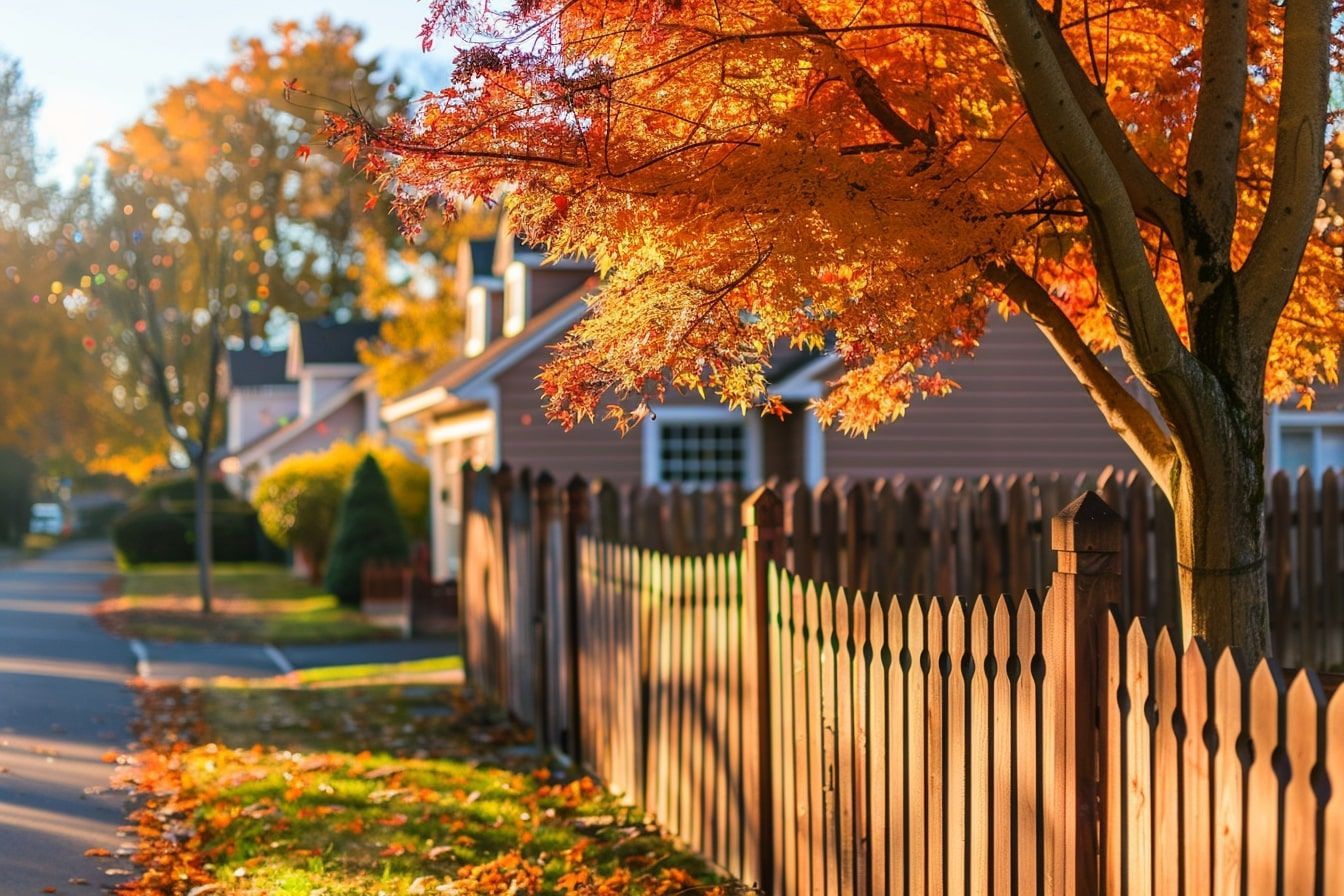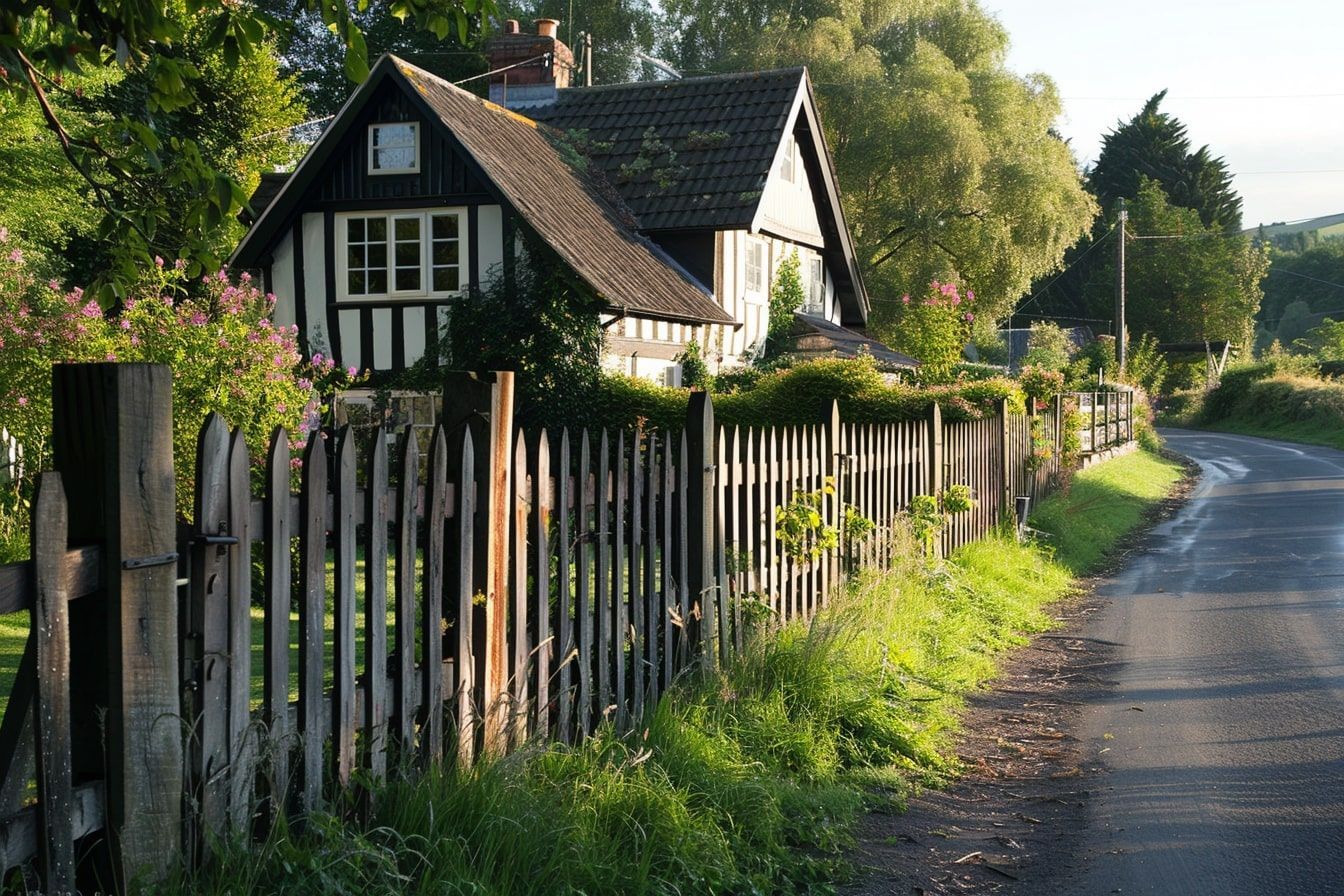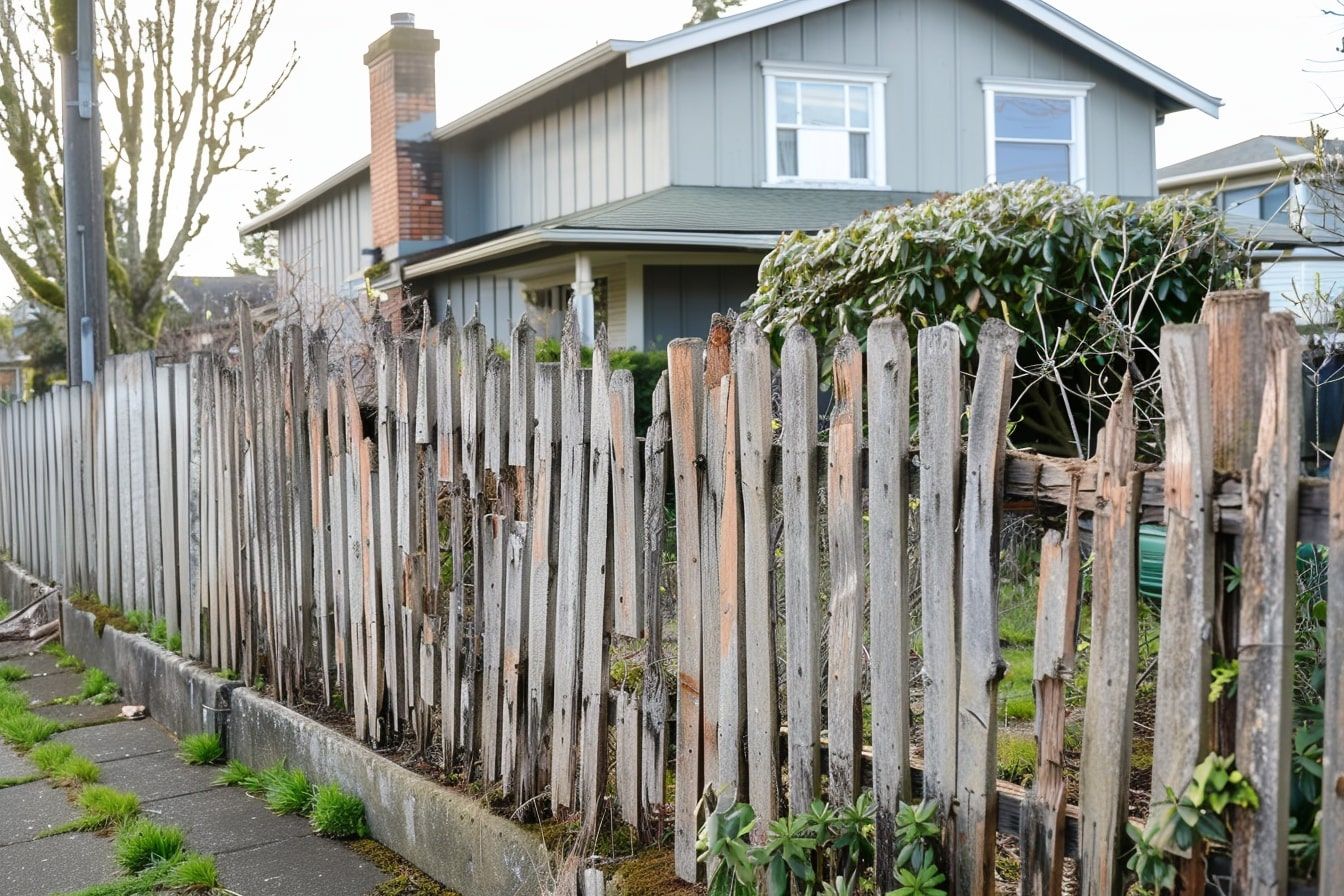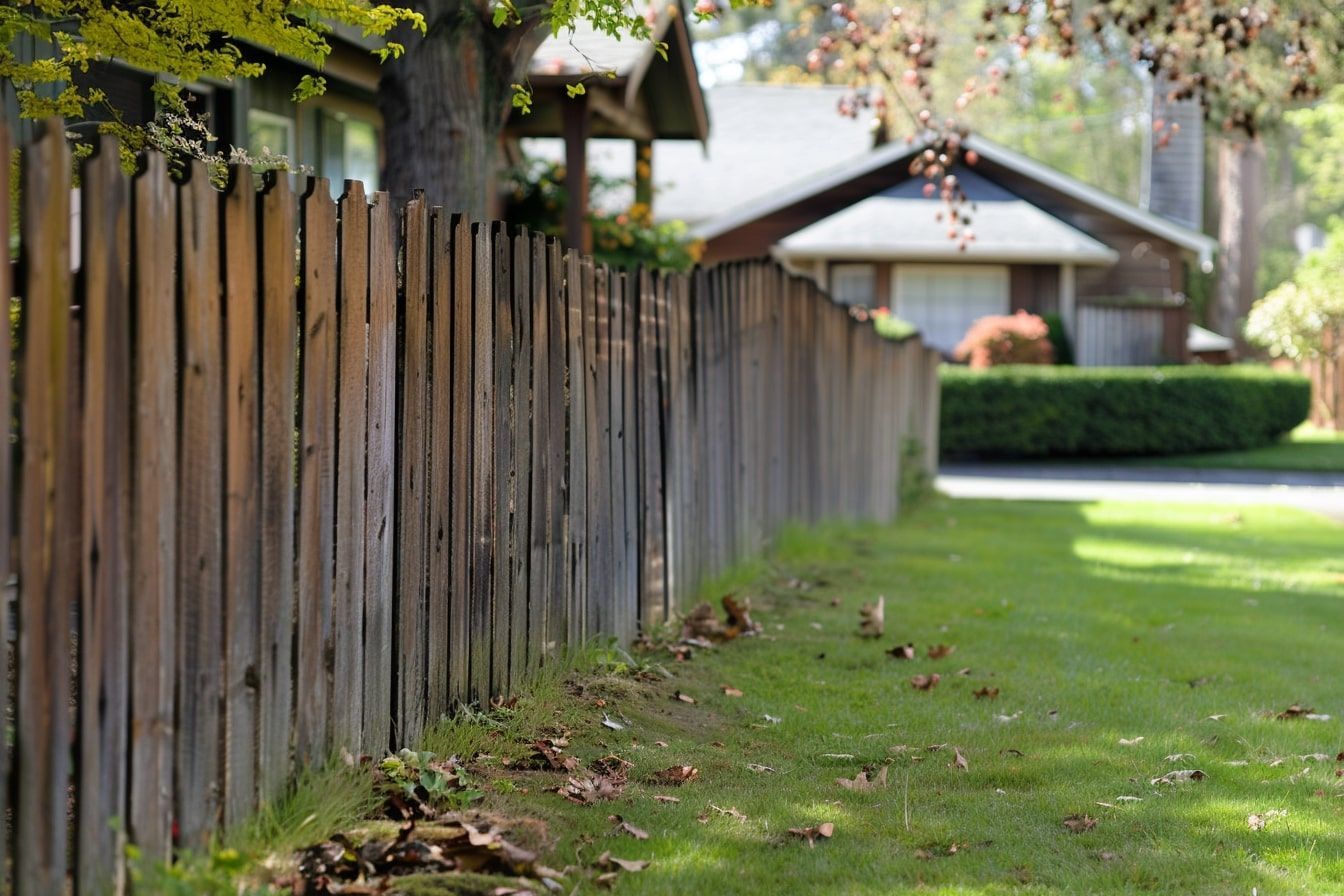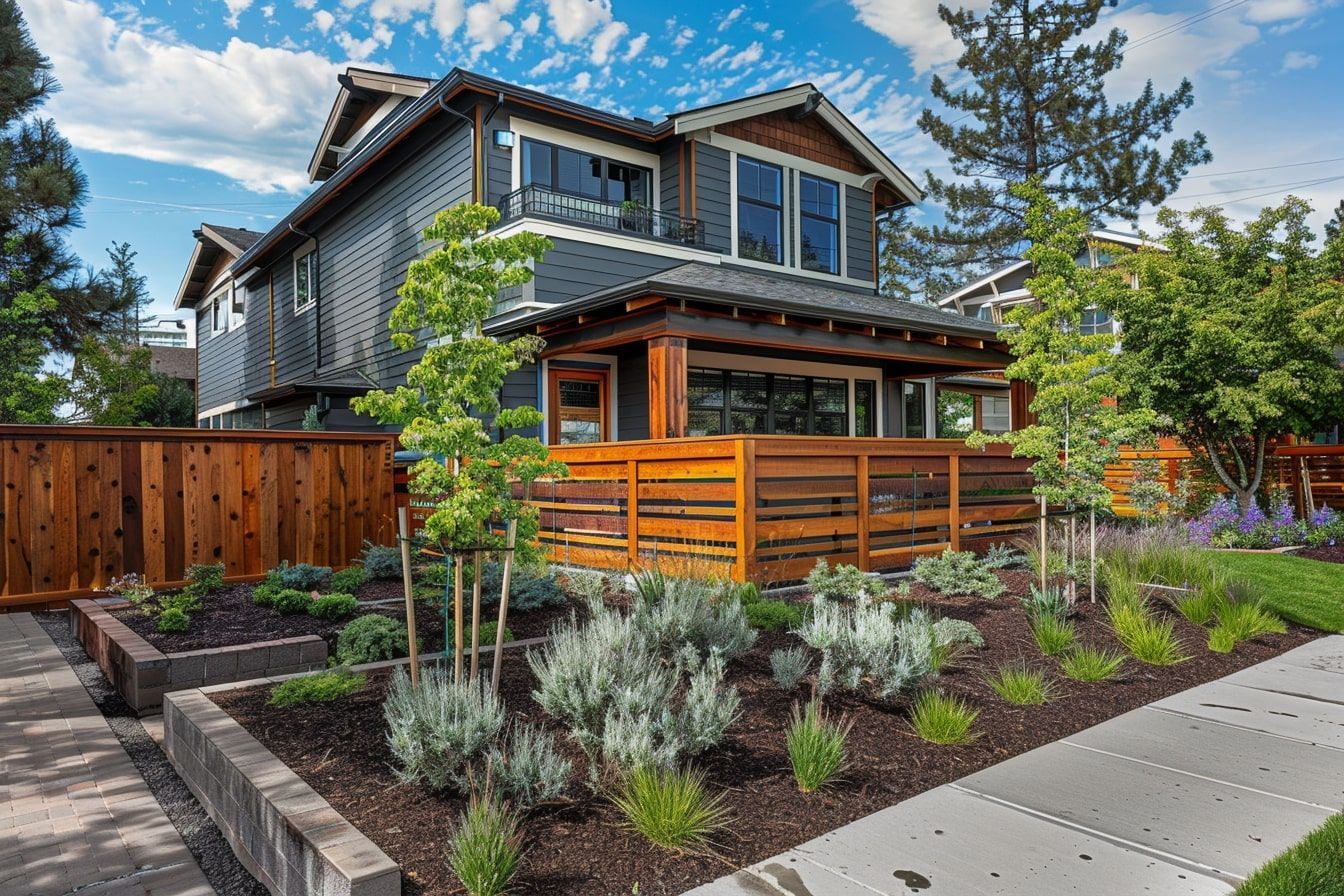A Beginner’s Guide to Installing Your Own Wood Fence
Have you ever thought about installing your own wood fence? Taking on a DIY project like this can be incredibly rewarding and cost-effective. With the right guidance, tools, and materials, you can transform your yard into a private oasis. This beginner’s guide covers everything from planning to step-by-step installation instructions, ensuring your DIY wood fence installation is a success.
Planning Your DIY Wood Fence Installation
Assessing Your Needs
Before you start, consider the purpose of your fence. Do you need privacy, security, or aesthetic enhancement? Understanding your needs will help you choose the right type of wood and design for your fence.
Checking Local Regulations
It’s crucial to check local building codes and obtain necessary permits before starting your project. Some areas have restrictions on fence height, placement, and materials. Contact your local municipality for specific regulations.
Budgeting
Create a budget that includes all materials, tools, and potential labor costs. Factor in a buffer for unexpected expenses. Planning your budget will prevent overspending and ensure you have everything you need to complete the project.
Materials and Tools Needed
Essential Materials
- Wood (pressure-treated, cedar, or redwood)
- Fence posts
- Concrete mix
- Nails or screws
- Wood preservative or stain
Required Tools
- Post hole digger
- Level
- Tape measure
- Hammer or nail gun
- Saw
- Drill
Step-by-Step Installation Instructions
1. Planning and Measuring
- Mark the Fence Line : Use stakes and string to outline where your fence will go.
- Measure : Measure the total length of the fence and divide by the width of each panel to determine how many panels and posts you will need.
2. Preparing the Posts
- Dig Holes : Use a post hole digger to create holes for the posts. The depth should be one-third of the post height plus 6 inches for gravel.
- Set Posts : Place gravel at the bottom of each hole for drainage. Insert the post and fill the hole with concrete. Use a level to ensure the post is vertical. Allow the concrete to cure according to the manufacturer’s instructions.
3. Installing the Rails and Panels
- Attach Rails : Once the posts are set, attach horizontal rails to connect the posts. Ensure they are level and securely fastened.
- Install Panels : Attach the wood panels to the rails using nails or screws. Start from one end and work your way to the other, ensuring each panel is level.
4. Finishing Touches
- Trim and Stain : Trim any excess wood and sand rough edges. Apply a wood preservative or stain to protect your fence from the elements.
- Inspect : Check for any loose nails or screws and ensure all components are securely fastened.
Maintenance Tips for Your Wood Fence
Regular Inspection
Conduct regular inspections for signs of damage or wear. Address issues promptly to extend the life of your fence.
Cleaning
Clean your fence annually with a mild detergent and water to remove dirt and mildew.
Staining and Sealing
Reapply wood stain or sealant every few years to maintain the wood’s appearance and protection.
Conclusion
Installing your own wood fence can be a fulfilling project that enhances your property’s value and curb appeal. By following this beginner’s guide, you’ll be well-equipped to tackle your DIY wood fence installation. For more detailed instructions and professional advice, visit RS Fence Installations. If you’re in Macomb or Oakland Counties and need assistance, reach out to us for a free quote. We’re here to help make your fencing project a success!
External Resources
- For more detailed instructions on installing a wood fence, visit Lowe’s Installation Guide.
- To explore various wood fence design ideas, check out HGTV’s Wood Fence Design Gallery.
- Learn about the environmental benefits of wood fences at The American Forest Foundation.
The post A Beginner’s Guide to Installing Your Own Wood Fence appeared first on RS Fence Installations.

